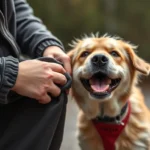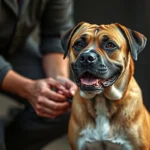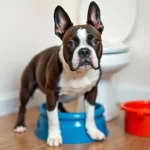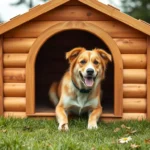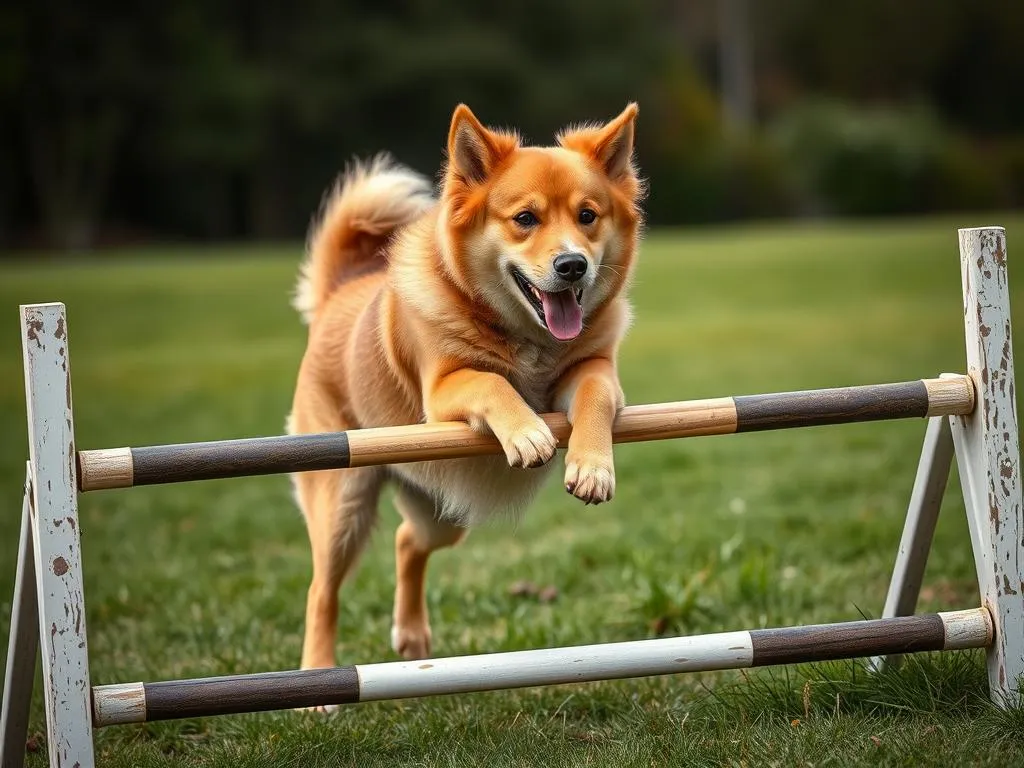
Introduction
Training your dog is essential for their behavior, safety, and your enjoyment of their company. Teaching your dog to jump can offer numerous benefits, including improved agility, fitness, and entertainment for both you and your furry friend. Whether you’re preparing for dog sports or just want to have fun, knowing how to train dog to jump effectively can enhance your dog’s skills and strengthen your bond.
This article will cover various methods for teaching your dog to jump, helpful tips, and common mistakes to avoid. From understanding canine behavior to advanced training techniques, you’ll find everything you need to get started.
Understanding Dog Behavior
The Basics of Canine Learning
Dogs learn primarily through operant conditioning, which is a method that uses rewards and consequences to influence behavior. Positive reinforcement—rewarding your dog with treats, praise, or play when they perform a desired behavior—is the most effective training method.
Consistency and patience are crucial in training. Repeating commands and being consistent with rewards helps your dog understand what is expected. Remember, every dog learns at their own pace, so maintaining a positive attitude is essential.
Different Dog Breeds and Their Jumping Abilities
Certain breeds are naturally more adept at jumping due to their physical attributes and energy levels. Breeds like Border Collies, Jack Russell Terriers, and Australian Shepherds excel in agility and jumping tasks.
Understanding your dog’s breed characteristics can help tailor your training approach. For instance, high-energy dogs may require more stimulation and practice, while others may need more encouragement and patience.
Preparing for Jump Training
Essential Equipment
Before starting your training, gather the necessary equipment. Here’s a list of what you might need:
- Jumps: These can be purchased or made from PVC pipes or wooden planks.
- Treats: Use high-value treats your dog loves to encourage positive behavior.
- Clicker: A training clicker can help mark the exact moment your dog performs the desired action.
- Leash: A leash can help control your dog during the training process.
For DIY jump equipment, you can create simple jumps using household items like broomsticks balanced on two stacks of books.
Creating a Safe Training Environment
Choose a suitable location for training, whether indoors or outdoors. An open space with a flat surface is ideal. Ensure the area is free from distractions and hazards, such as sharp objects or uneven ground. This will help your dog focus on the task at hand and make training sessions more productive.
Step-by-Step Guide to Training Your Dog to Jump
Teaching Basic Commands
Before introducing jumping, your dog should be familiar with basic commands such as sit, stay, and come. These commands establish a foundation for more advanced training. Here’s how to teach these commands:
-
Sit: Hold a treat above your dog’s nose and move it back over their head. As they follow the treat, their bottom will naturally lower. Once they sit, reward them immediately.
-
Stay: Ask your dog to sit, then hold your hand out in front of you like a stop sign. Take a step back; if they stay, reward them. Gradually increase the distance.
-
Come: Start by calling your dog to you while they are on a leash. Use a cheerful tone and reward them when they reach you.
Introducing the Jump
Once your dog has mastered the basic commands, it’s time to introduce the jump. Start with a low jump to build their confidence.
-
Set up the jump: Place the jump at a low height, ensuring it’s safe for your dog.
-
Use lures: Hold a treat on the other side of the jump to encourage your dog to jump over.
-
Encouragement: Use a happy tone and praise your dog as they attempt to jump.
Increasing Jump Height Gradually
As your dog becomes more comfortable with jumping, you can gradually increase the height. Here’s how:
-
Monitor Comfort: Always observe your dog’s body language. If they hesitate or seem uncomfortable, reduce the height and allow them to build confidence.
-
Incremental Changes: Raise the jump height slowly, no more than a few inches at a time.
-
Practice: Regular practice helps your dog adjust to new heights without feeling overwhelmed.
Incorporating Positive Reinforcement
To reinforce jumping behavior, use treats and praise effectively. Timing is essential here:
- Reward Immediately: As soon as your dog clears the jump, reward them. This helps them associate the jump with positive outcomes.
- Vary Rewards: Use a combination of treats, toys, and praise to keep your dog motivated.
Advanced Jump Training Techniques
Agility Training
Agility courses are a fantastic way to enhance your dog’s jumping skills while also providing mental and physical stimulation. They typically include a variety of obstacles, including jumps, tunnels, and weave poles.
- Incorporate Jumps: Use jumps in combination with other obstacles to create a fun and challenging course for your dog.
Distance and Speed Training
Training your dog to jump from a distance and at speed can be exciting and beneficial:
-
Distance: Start by placing the jump a few feet away and encourage your dog to jump from a distance using treats or toys.
-
Speed: Use a toy to motivate your dog to jump quickly. Start with short distances and gradually increase as they become more confident.
Teaching Tricks Involving Jumps
Once your dog masters basic jumps, you can teach them fun tricks that incorporate jumping:
- Jumping Through Hoops: Start with a low hoop. Encourage your dog to jump through it by holding treats above the hoop.
- Jumping Over Obstacles: Set up various objects for your dog to jump over. Use treats to guide them over each obstacle.
Common Challenges and Solutions
Fear of Jumping
Some dogs may show signs of fear when faced with jumping. Look for signs like hesitation, backing away, or refusal to jump.
- Build Confidence: Start with very low jumps and gradually increase the height. Use treats and praise to encourage them.
Lack of Focus or Distraction
Distractions can hinder training. If your dog seems distracted during sessions, try these tips:
- Short Sessions: Keep training sessions brief (5-10 minutes) to maintain focus.
- Eliminate Distractions: Train in a quiet environment initially, gradually introducing distractions as your dog becomes more confident.
Physical Limitations
Some dogs, especially older or less agile ones, may have physical limitations that affect their jumping ability.
- Recognize Limitations: Pay attention to your dog’s comfort level and energy. If they struggle, adjust the training to their needs.
- Modify Training: Use lower jumps or alternative exercises that still provide physical activity without overexerting your dog.
Maintaining Jumping Skills
Regular Practice
Consistency is key to maintaining your dog’s jumping skills. Regular practice helps reinforce what they’ve learned and keeps them engaged.
- Create a Schedule: Set aside specific times during the week for jump training to ensure regular practice.
Incorporating Jumping into Daily Activities
Find fun ways to include jumping in your dog’s daily routine:
- Playtime: Incorporate jumps in games like fetch or tug-of-war.
- Daily Walks: Include low jumps along your walking route to keep your dog energized and active.
Conclusion
Teaching your dog to jump is not only rewarding but also enhances their agility and confidence. By understanding dog behavior, preparing adequately, and following a structured training approach, you can successfully teach your dog to jump over obstacles. Remember to be patient and enjoy the process, as training should be a fun bonding experience for both of you. Whether it’s for agility training or just for fun, your efforts will pay off in a happy, active dog.
Embrace the journey of training, and don’t hesitate to share your experiences or ask questions as you embark on this exciting adventure with your furry friend!

